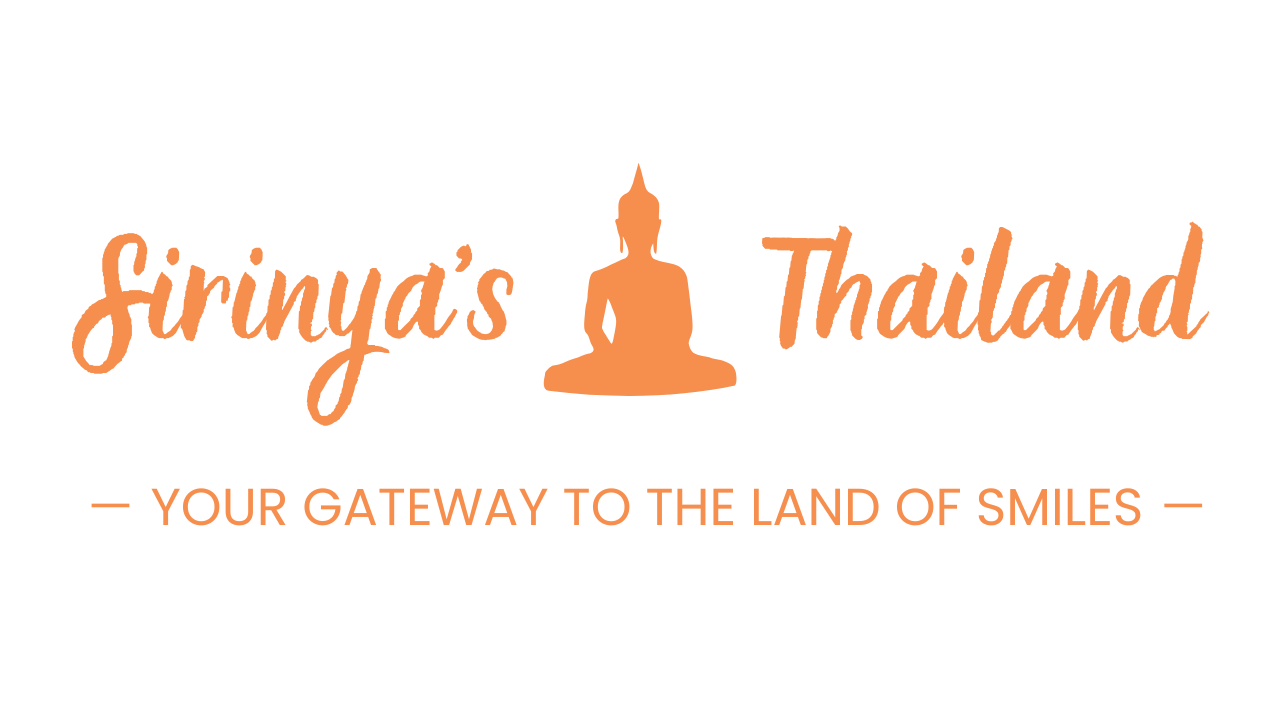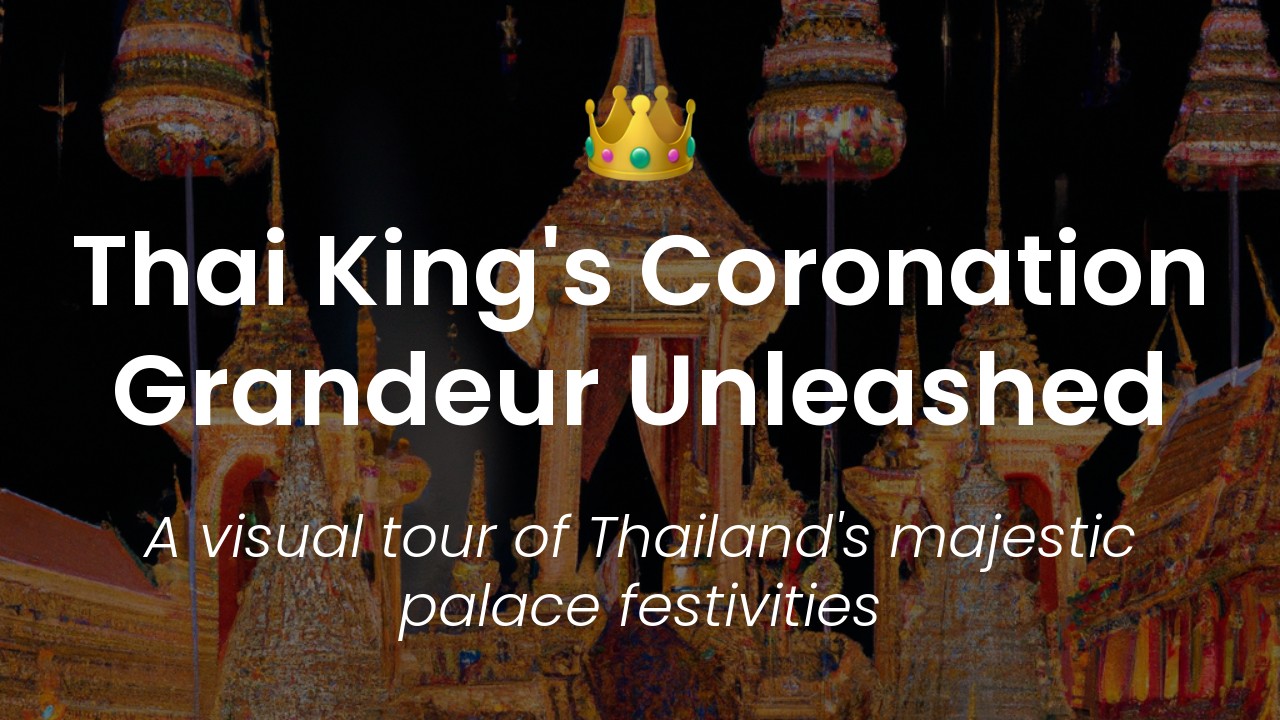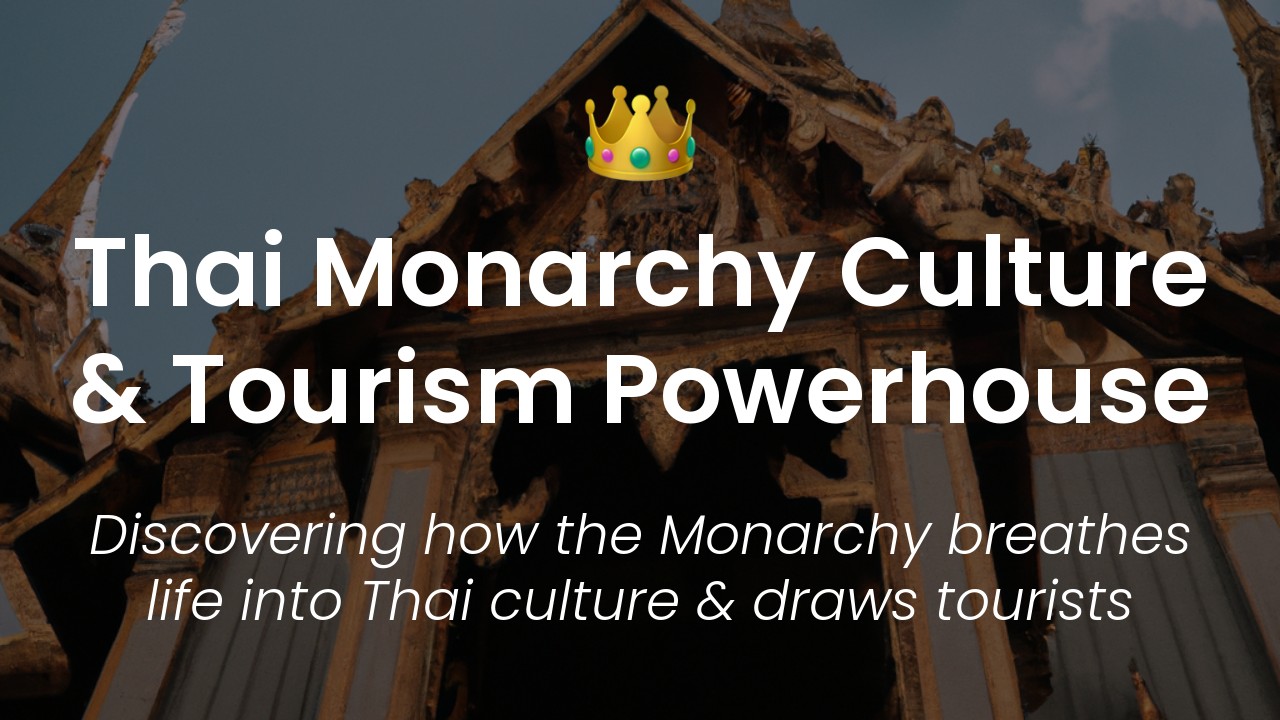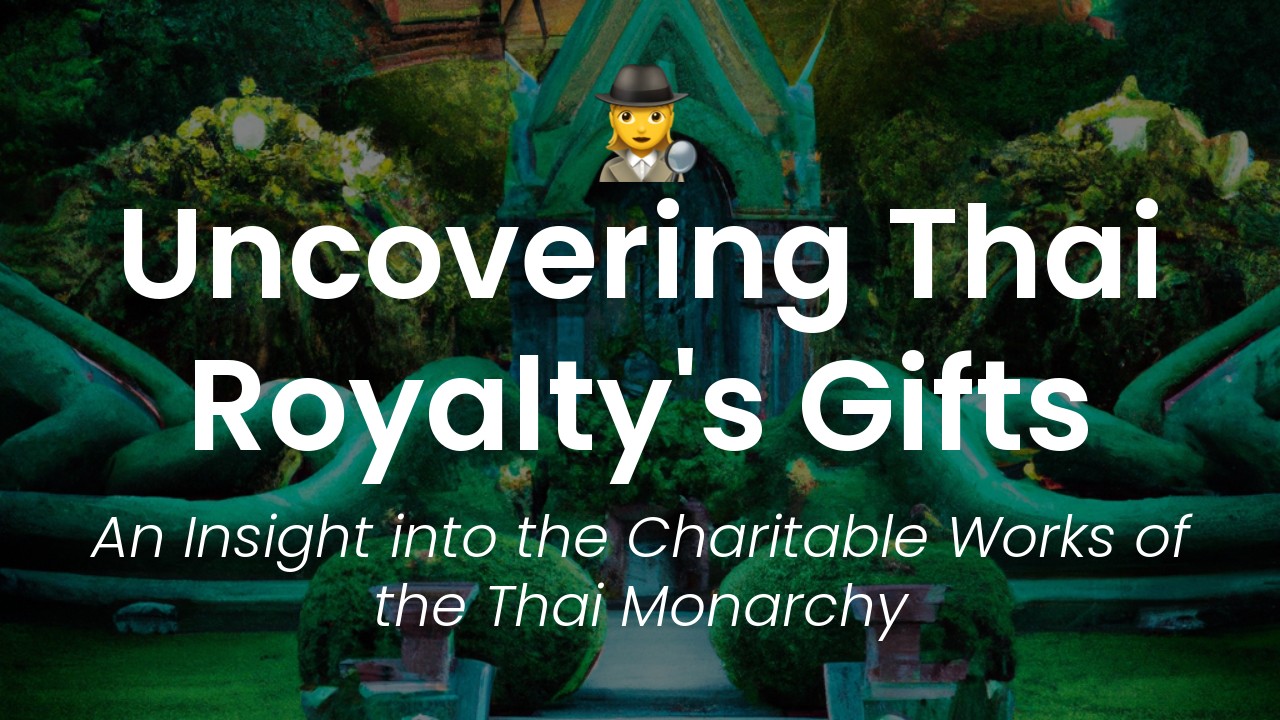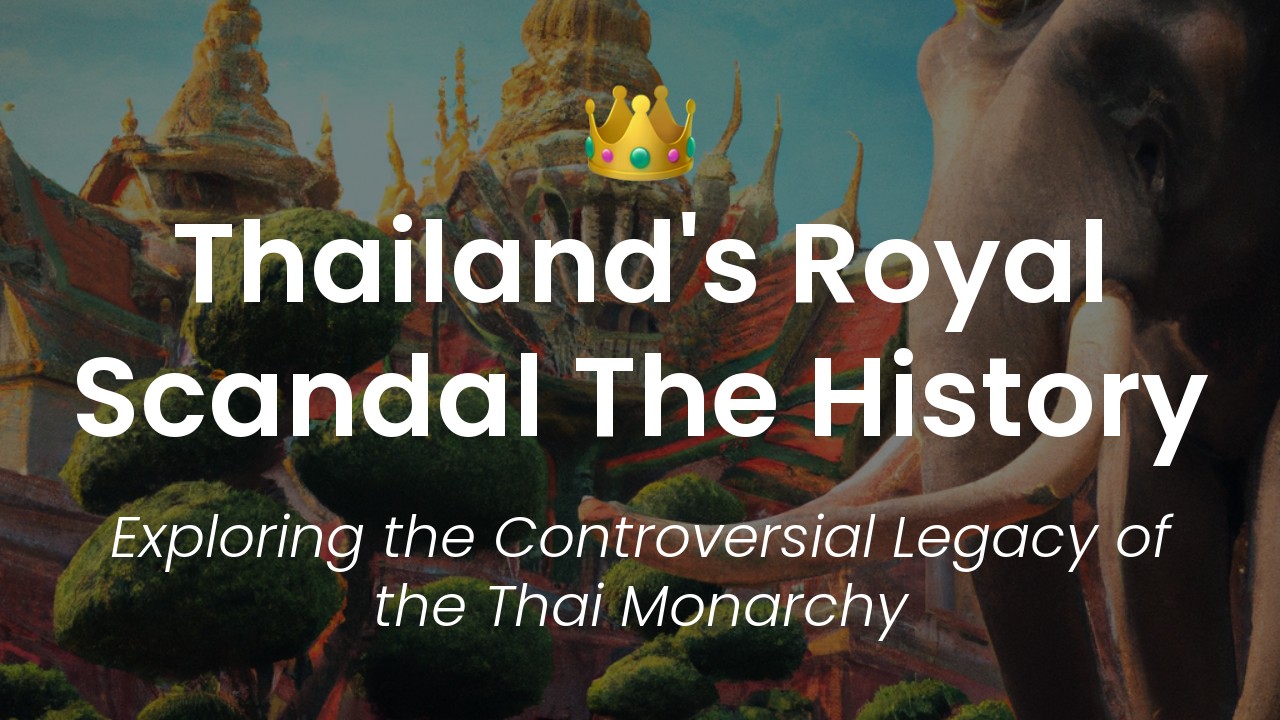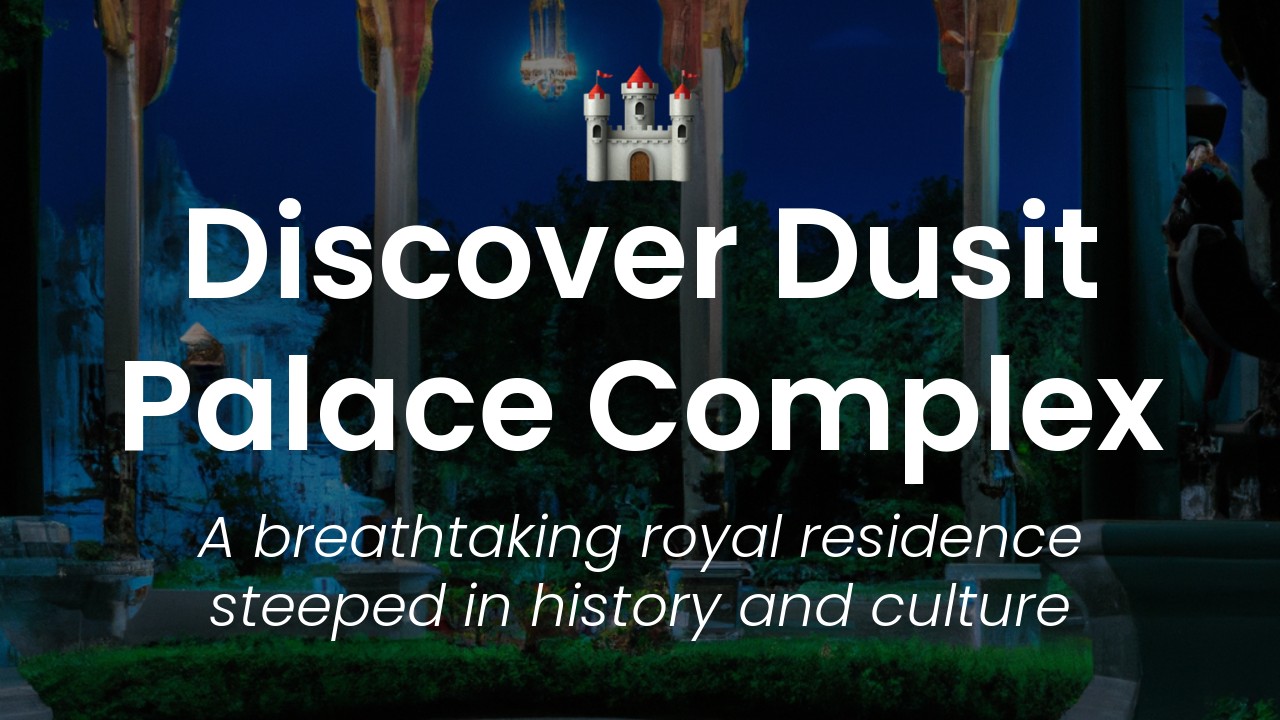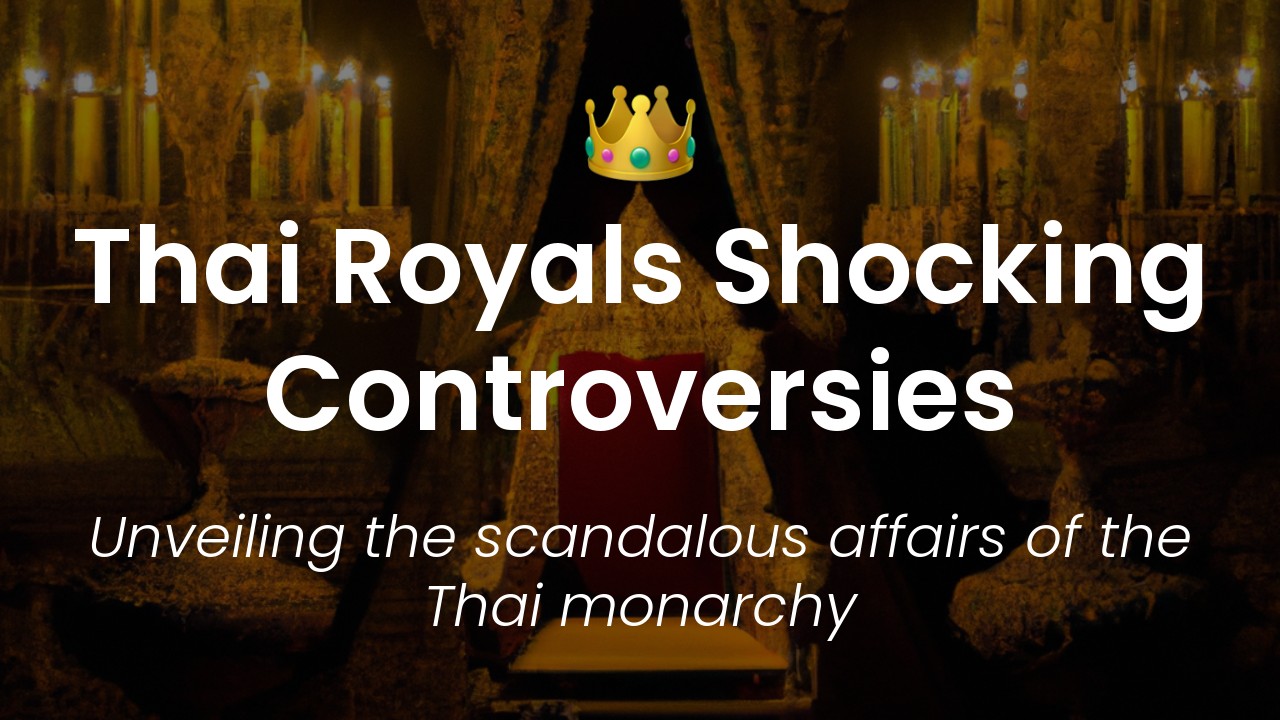I recently had the privilege of experiencing the once-in-a-lifetime coronation ceremony of the Thai King Maha Vajiralongkorn. As a Thai citizen and a writer who is passionate about Thai culture, it was a profound moment for me to witness this grand event.
The coronation ceremony, known as Ratcha Phra Rop, is a significant event that only takes place once every several decades. It was last held in 1950 for King Bhumibol Adulyadej, the previous monarch of Thailand. King Maha Vajiralongkorn's coronation ceremony marked a historic moment in the country's history and culture.
The event was a spectacle that involved various rituals and traditions that date back centuries. It was held over three days and consisted of several elaborate and symbolic ceremonies that were all meticulously planned and executed. From the traditional dances to the intricate costumes, the event was a multi-sensory experience that celebrated the rich history and culture of Thailand.
In this blog post, I'll take you through my experience of the coronation ceremony, and share some insights into the traditions and symbolism behind the rituals. Join me as we journey through this awe-inspiring event that celebrates Thailand's culture and monarchy.
History of the Thai coronation ceremony
The Thai coronation ceremony is an ancient tradition that dates back to the Sukhothai era in the 13th century. It's an elaborate and sacred ritual where a new monarch ascends to the throne, marking the start of a new reign. Over the centuries, it has evolved into a grand event that involves several days of intricate ceremonies, rituals, and cultural performances. The Thai coronation ceremony is a crucial event that symbolizes the unity, continuity, and legitimacy of the monarchy.
The last coronation ceremony took place in 1950 when King Bhumibol Adulyadej, the father of the current monarch, King Maha Vajiralongkorn, was crowned. King Vajiralongkorn ascended to the throne in 2016, after a year of mourning for his father, and the long-awaited coronation ceremony took place on May 4-6, 2019.
Symbolism behind the intricate details
The Thai coronation ceremony is rich in symbolism, reflecting the beliefs, customs, and traditions of the Thai people. The coronation ceremony involves several symbolic elements that represent different aspects of the monarchy, such as the crown, the regalia, the sword, and the royal insignia. Each of these items has a specific meaning tied to the Thai monarchy and its history.
For example, the crown worn by the Thai king during the coronation ceremony is called the Great Crown of Victory. It symbolizes the king's power, highest authority, and majesty. The crown weighs 7.3 kilograms and is made of gold and 58 diamonds. Another key symbol of the coronation is the Royal Golden Plaque, which is used to establish the sovereignty of the king. The plaque contains a written inscription that affirms the king's legitimacy and status as the ruler of Thailand.
Preparations leading to the ceremony
The preparations for the Thai coronation ceremony began many months before the actual event. The preparation process involved several agencies, including the Royal Household Bureau, the Thai Army, and the police. The preparations included coordinating the logistics, security, crowd control, transportation, and accommodation for the guests and officials.
The preparations also included training for the ceremonial participants, who were required to learn the intricate steps and movements of the various rituals. The training process required many months of practice to master the sophisticated routines.
What to expect during the grand event
The Thai coronation ceremony is divided into several segments that take place over three days, each with its own unique rituals and performances. On the first day, the king prepares for the ceremony, which includes a procession to the Grand Palace and presentation of the royal regalia. On the second day, the actual coronation ceremony takes place, which involves the anointment of the king, the bestowal of royal titles, and the recitation of the Oath of Accession. On the third day, the king greets the public and receives their blessings.
During the ceremony, guests are treated to a wide array of cultural performances, such as traditional Thai dance and music. The ceremony is a showcase of Thai culture and traditions, highlighting the elegance, sophistication, and history of the Thai monarchy.
Notable attendees of past coronations
Past Thai coronation ceremonies have attracted notable attendees from around the world, such as heads of state, diplomats, and celebrities. The 1950 coronation of King Bhumibol Adulyadej, for example, was attended by representatives from over 40 countries, including the United States, the United Kingdom, France, and Japan.
The 2019 coronation of King Vajiralongkorn was attended by senior officials from over 40 countries, including Cambodia, Laos, Vietnam, and Myanmar. The coronation ceremony was also attended by representatives from the United Nations, the European Union, and the Association of Southeast Asian Nations (ASEAN).
Post-coronation celebrations and traditions
After the Thai coronation ceremony, there are several post-coronation celebrations and traditions. For example, the king may hold a royal banquet or reception to mark the occasion and to greet the guests. The king may also perform other royal duties, such as granting pardons to prisoners and conferring honors and awards.
The coronation ceremony also marks the start of a new reign, which is an auspicious time for the Thai people. It's traditional for the public to celebrate the coronation by decorating their houses, lighting candles, and participating in other festive activities.
How to witness the coronation ceremony firsthand
The Thai coronation ceremony is a rare and unique event that is not open to the public. Only a select few are invited to attend the ceremony, such as high-ranking officials, diplomats, and special guests. However, there are other ways to experience the ceremony firsthand.
One way is to watch the live broadcast of the ceremony on television or online. The Thai government provides a live broadcast of the coronation ceremony on several channels, including ThaiPBS, Channel 7, and Channel 9. The broadcast provides a close-up view of the ceremony, enabling viewers to capture the grandeur, symbolism, and cultural aspects of the event.
Another way to witness the coronation ceremony is to participate in the public festivities that take place after the ceremony. These festivities include parades, cultural performances, and other celebratory activities that showcase the beauty and vitality of Thai culture.
Conclusion
The Thai coronation ceremony is an unforgettable event that showcases the grandeur, sophistication, and elegance of Thai culture and traditions. The ceremony is a celebration of the Thai monarchy's history and legacy, and a symbol of continuity, unity, and legitimacy. Although the coronation ceremony is not open to the public, there are various ways to experience the event firsthand, such as the live broadcast and post-coronation celebrations. The Thai coronation ceremony is a must-see spectacle for anyone interested in Thai culture, history, and traditions.
